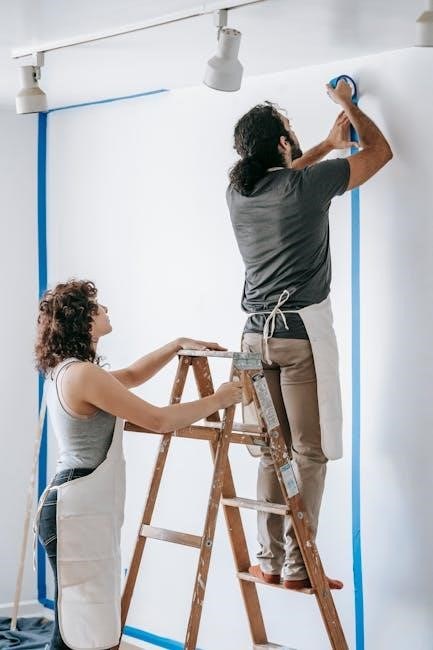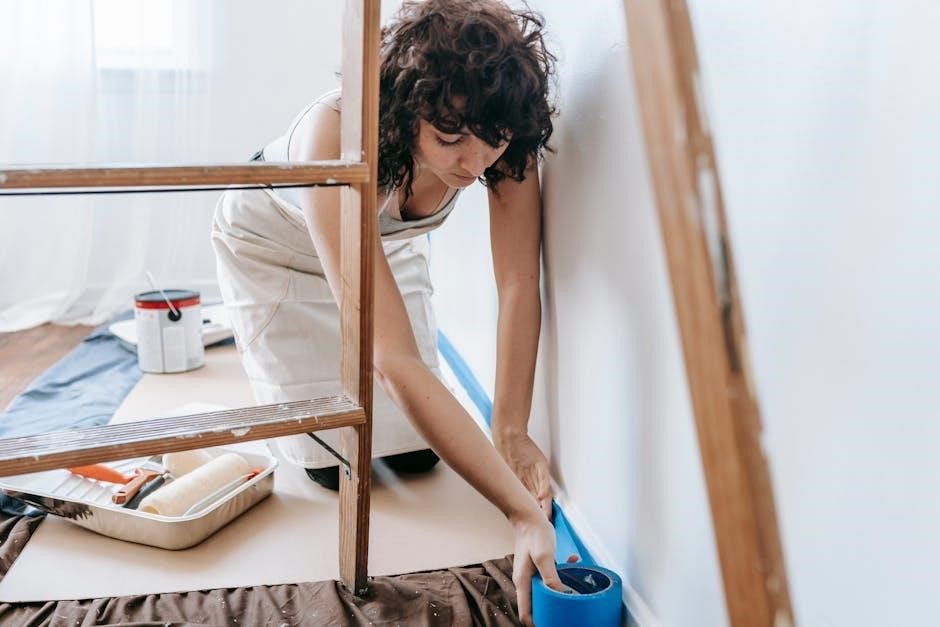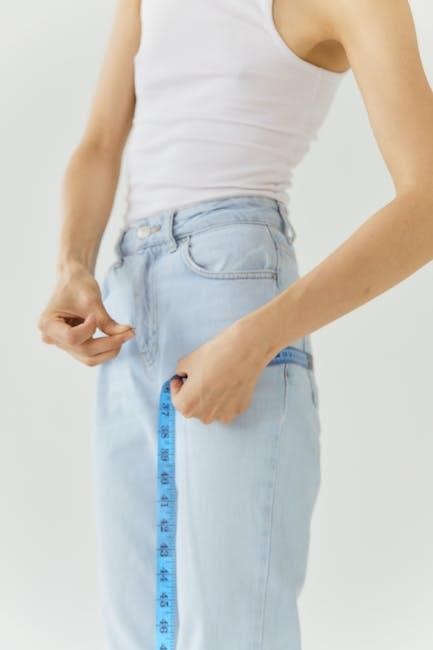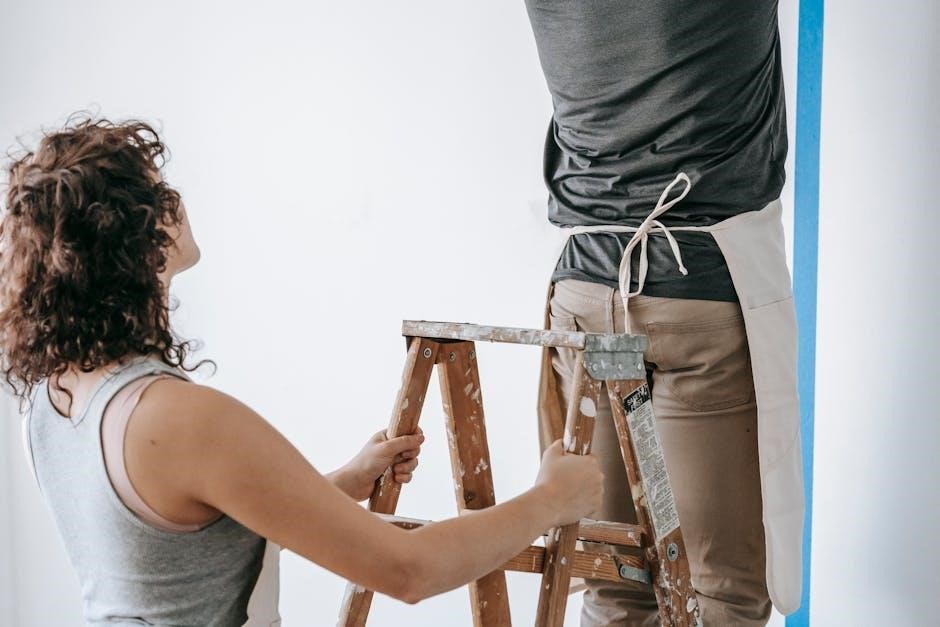common projects size guide

Understanding the Common Projects Size Chart
The Common Projects size chart uses European sizing, ranging from 39 to 47 for men, translating to US sizes 6 to 14. They don’t offer half sizes, so round down if you typically wear a half size. The chart correlates foot length with specific sizes, ensuring a precise fit. Measure your foot and compare it to the chart for accurate sizing, as each size increment adds about 0.5 inches to the footbed length. This system helps determine the perfect fit, whether you’re shopping for Achilles or other styles.
Overview of European Sizing System

The European sizing system used by Common Projects is a standardized method for determining shoe sizes based on foot length. Unlike US sizing, which can vary between brands, European sizes are more consistent and are measured in centimeters. Common Projects typically offers men’s sizes from 39 to 47, which correspond roughly to US sizes 6 to 14. Each size increment in the European system represents an approximate 0.5-inch increase in footbed length, ensuring a precise fit. This system is widely used across Europe and is known for its accuracy and uniformity. When shopping for Common Projects, it’s important to refer to the European size chart to ensure the best fit, especially since the brand does not offer half sizes. For those unfamiliar with European sizing, converting your US size to the equivalent EU size is essential for selecting the correct pair. The European sizing system provides a reliable and straightforward way to determine your size, making it easier to shop confidently for Common Projects shoes.
Converting US to EU Sizes

Converting US to EU sizes is crucial for ensuring the right fit when shopping for Common Projects shoes. EU sizes are based on foot length in centimeters, while US sizes are less standardized and can vary by brand. For men, a US size 6 typically corresponds to an EU size 39, with each subsequent size increasing by approximately 0.5 inches in footbed length. For example, a US size 7 equates to an EU 40, and so on, up to a US size 14, which matches an EU size 47. Women’s sizes also follow a similar conversion pattern, though Common Projects primarily offers men’s styles. To convert accurately, measure your foot length and compare it to the EU size chart provided by Common Projects. If you usually wear a half size in US sizing, round down to the nearest whole EU size, as Common Projects does not offer half sizes. This conversion method ensures a more precise fit, allowing you to select the correct size confidently. Always refer to the specific size chart provided by the retailer or brand for the most accurate sizing information.
How to Measure Your Foot Length
To measure your foot length accurately for the Common Projects size guide, start by standing on a piece of paper with your weight evenly distributed. Mark the heel’s back and the longest toe’s tip with a pencil. Use a ruler to measure the distance between these marks, ensuring accuracy. Since Common Projects uses European sizing in centimeters, convert your measurement if necessary (1 inch = 2.54 cm). For instance, a 10-inch foot is approximately 25.4 cm. Compare this to the Common Projects size chart, where each EU size increases by about 0.5 cm. A size 41 corresponds to 25 cm, size 42 to 25.5 cm, and so on. Consider your foot width and shoe style—stick to your size for wide feet or size down for narrower feet. Some styles, like the Achilles, might fit differently. This method ensures a precise fit, guiding you to choose the correct size confidently without half-size options.

Fit and Sizing Recommendations

Common Projects shoes generally fit true to size for wider feet, while narrower feet may benefit from sizing down. They don’t offer half sizes, so round up or down as needed. The leather may require a short break-in period for optimal comfort. Always check the size chart and retailer’s return policy to ensure the best fit.
Do Common Projects Run True to Size?
Common Projects shoes generally run true to size, making them a reliable choice for most wearers. However, individual foot shapes and preferences can influence the fit. For those with wider feet, sticking to your normal size is recommended. Narrower feet may find sizing down by one size more comfortable. The brand’s sizing chart aligns closely with European standards, and while they don’t offer half sizes, the leather upper will mold slightly to your foot over time. If you’re between sizes, consider rounding down for a snug fit or up for a looser one. Keep in mind that the break-in period for the premium leather may take a few wears to achieve ultimate comfort. Always measure your foot length and compare it to the size chart for the most accurate fit. This ensures you find the perfect balance between style and comfort in your Common Projects sneakers.
Should You Size Up or Down?
Deciding whether to size up or down for Common Projects shoes depends on your foot shape and personal comfort preference. If you have wider feet, it’s best to stick with your true size, as the shoes are designed to accommodate this without feeling too tight. For narrower feet, sizing down by one size often provides a more secure fit. The absence of half sizes means you’ll need to choose between rounding up or down. If you typically wear a US half size, like 8.5, rounding down to a US 8 (EU 41) is usually the safer option. Those who prefer a roomier fit might opt to size up. Keep in mind that the Italian leather will soften over time, offering a bit more flexibility. Referencing the size chart and measuring your foot length are crucial steps to ensure the best fit. Ultimately, the decision to size up or down should align with how you want the shoes to feel—snug or spacious.

Care and Maintenance Tips
Protect your Common Projects shoes by storing them in a cool, dry place, away from direct sunlight and moisture. Use a high-quality leather conditioner to maintain the Italian leather’s softness and appearance. Regular care ensures longevity and preserves their sleek design;

How to Clean Common Projects Shoes
To maintain the pristine condition of your Common Projects shoes, start by gently brushing off dirt or dust using a soft-bristled brush or a clean, dry cloth. For more stubborn stains, dampen a cloth with water and lightly wipe the affected areas, ensuring not to soak the leather. Avoid harsh chemicals or abrasive cleaners, as they can damage the Italian leather or strip its natural oils.
For tougher stains, apply a mild leather cleaner specifically designed for high-quality leather. Use a clean, damp cloth to apply the cleaner in circular motions, then wipe away any residue. Allow the shoes to air dry naturally, avoiding direct sunlight or heat sources that could cause the leather to crack or fade.
After cleaning, condition the leather with a high-quality leather conditioner to restore suppleness and protect against dryness. Apply the conditioner evenly, let it sit for a few minutes, and buff the shoes with a clean cloth to restore their luster. For the laces, remove them and hand wash with mild soap and warm water, allowing them to air dry before reinserting.
Finally, protect your shoes from future stains and water damage by applying a waterproofing spray designed for leather. Regular maintenance ensures your Common Projects shoes remain in excellent condition, preserving their sleek design and extending their longevity.
Storing Your Common Projects Properly
Proper storage is essential to maintain the condition and longevity of your Common Projects shoes. Begin by stuffing each shoe with acid-free tissue paper to retain their shape and prevent creasing. This step is especially important for maintaining the sleek silhouette of the Achilles model. Place the shoes in a breathable, cloth shoe bag or wrap them in a soft, clean cloth to protect against dust and scratches.

Avoid storing your shoes in plastic bags or airtight containers, as this can trap moisture and lead to mold or mildew. Instead, keep them in a cool, dry place away from direct sunlight and heat sources, which can cause the leather to fade or crack. For long-term storage, place the wrapped shoes in a sturdy shoe box to prevent accidental damage.
When not in use for extended periods, ensure the shoes are clean and dry before storing. Apply a leather conditioner to keep the leather supple and protected. By following these storage tips, you can preserve the quality and appearance of your Common Projects shoes, ensuring they remain a stylish and comfortable investment for years to come.



Leave a Reply
You must be logged in to post a comment.